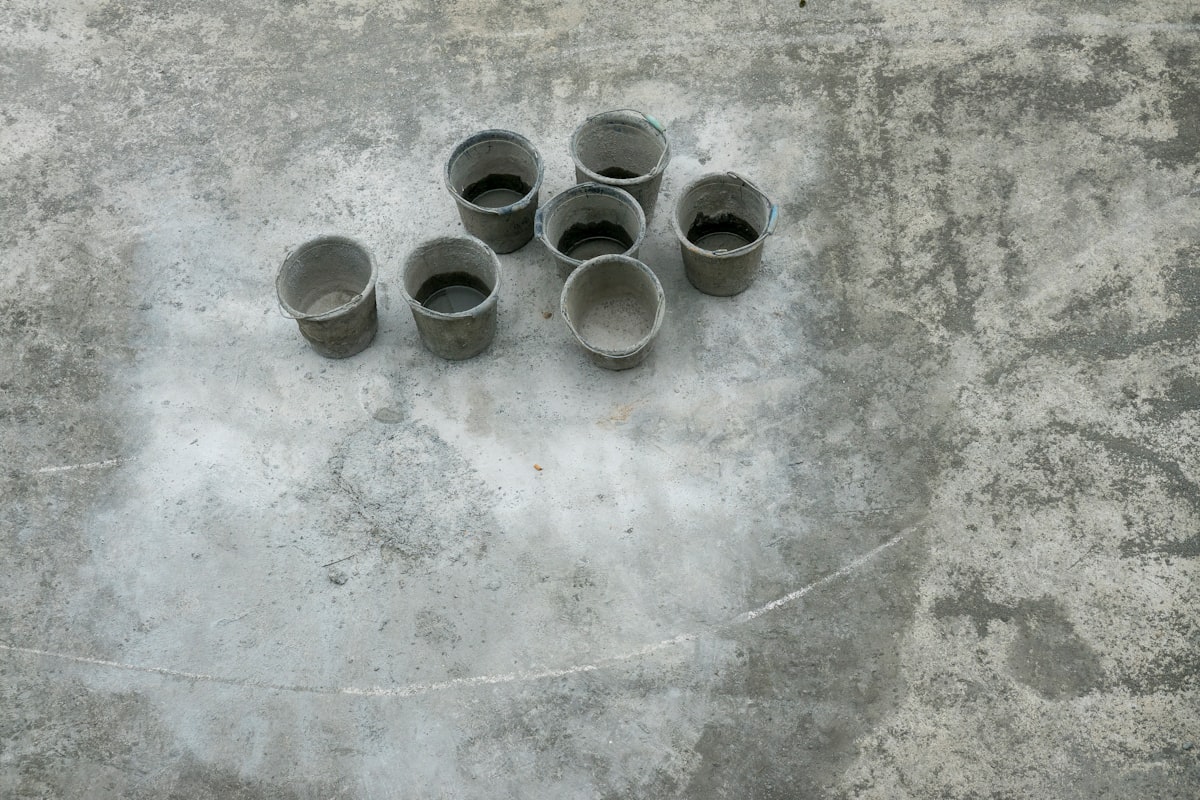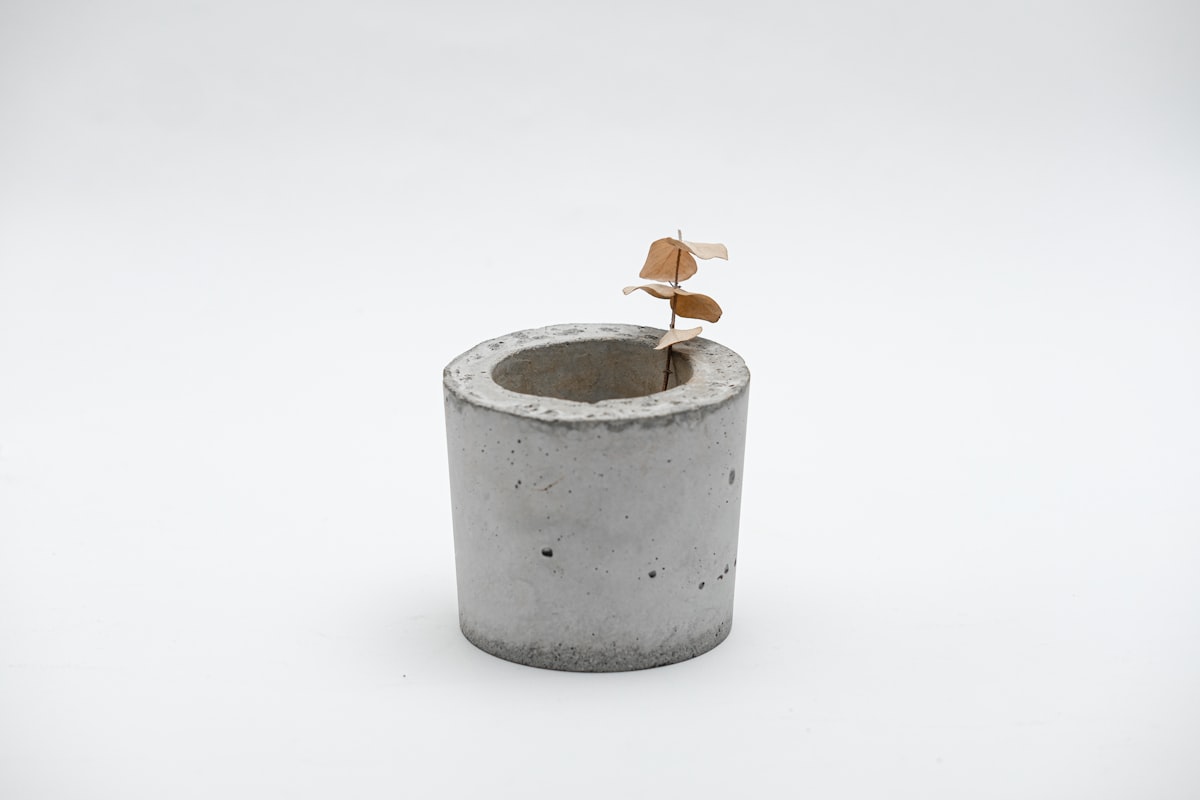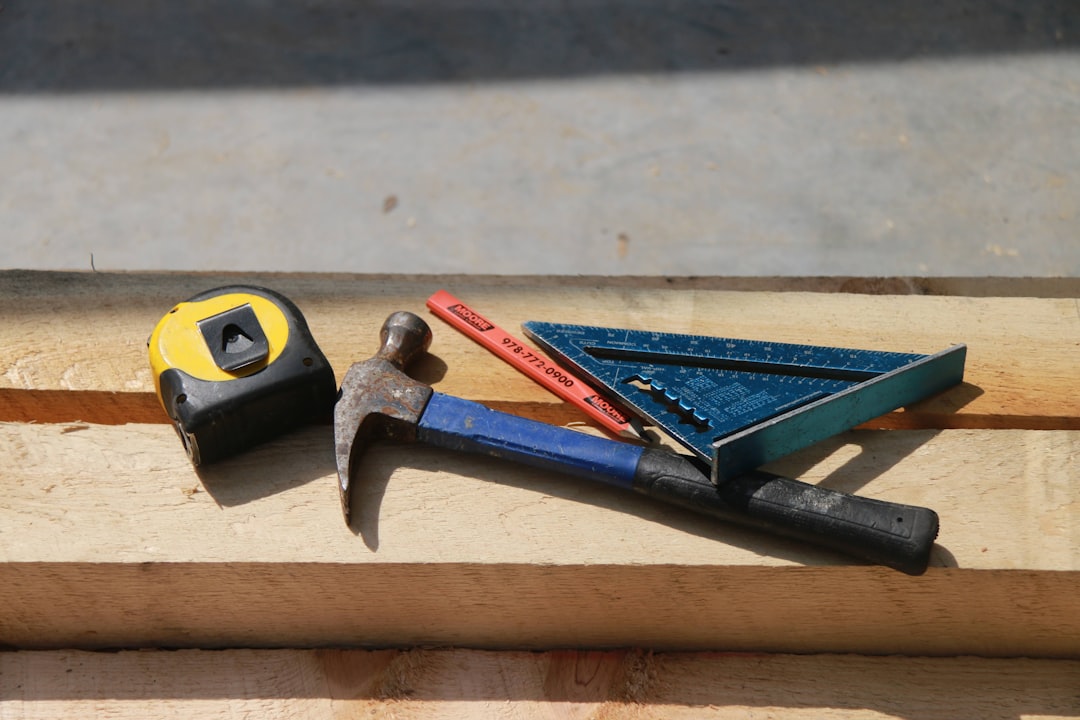Concrete Grinder İnfo: Ultimate Guide 2024 – Expert Tips

Concrete Grinder İnfo: Your Step-by-Step Guide to Mastering the Art of Grinding
Concrete Grinder İnfo is crucial for anyone looking to achieve a smooth, polished concrete surface. In this guide, you will learn about the different types of concrete grinders, their applications, essential features, and most importantly, how to use them effectively. Whether you are a DIY enthusiast or a professional contractor, this step-by-step tutorial will equip you with valuable insights.

Did you know that over 60% of concrete surface issues arise from improper finishing techniques? This statistic underscores the importance of mastering the concrete grinding process. In this article, I will walk you through everything you need to know about concrete grinders, ensuring you can tackle any project with confidence.
Concrete Grinder İnfo – Understanding Concrete Grinders: Types and Applications
When diving into the world of concrete grinders, it’s essential to understand the different types and their specific applications. Concrete grinders are primarily categorized into two types: walk-behind grinders and handheld grinders.
- Walk-Behind Grinders: These machines are perfect for large surfaces. They come equipped with multiple diamond blades, making them efficient for heavy-duty tasks. For example, in a recent project, I utilized a walk-behind grinder to smooth out a garage floor that had seen years of wear and tear.
- Handheld Grinders: Ideal for smaller or more intricate jobs, handheld grinders are versatile and easier to maneuver. They are perfect for edging and polishing small areas, such as corners or stairs.
- Wet vs. Dry Grinders: Wet grinders use water to reduce dust and cool the diamond blades, while dry grinders are more portable and easier to set up. Depending on the project, I often choose a wet grinder for indoor jobs to minimize dust.
- Turbo Grinders: These are specialized for quickly removing thick coatings or very rough surfaces. They are a game changer when dealing with tough materials.
Understanding the different types of concrete grinders is fundamental for selecting the right tool for your specific needs. The right choice can save you time, enhance your results, and ultimately lead to a job well done.

Applications of Concrete Grinders
Concrete grinders are not just about achieving a smooth surface; they have a variety of applications:
- Surface Preparation: Before applying a new layer of epoxy or sealer, grinding the existing surface ensures better adhesion.
- Polishing: With the right pads and technique, you can achieve a high-gloss finish that enhances the aesthetics of your floors.
- Removing Coatings: Grinders can effectively strip away old paint, sealers, or adhesives.
- Repairing Damage: They can also grind down uneven areas, filling cracks and defects in the concrete.
By understanding these applications, you can maximize the efficiency and effectiveness of your concrete grinding projects.

Essential Concrete Grinder İnfo – Features and Specifications
To choose the right concrete grinder, it’s vital to know what features to look for. Here are some specifications that can make a significant difference:
- Motor Power: A more powerful motor (often measured in amps) means more efficient grinding. For example, a 15-amp grinder will outperform a 10-amp model in terms of speed and durability.
- Grinding Width: Wider grinding heads can cover more surface area, reducing time on larger projects.
- Weight: Heavier grinders exert more pressure, which can enhance their grinding capabilities, but they may also be more challenging to maneuver.
- Dust Control: Effective dust management systems are essential, especially for indoor jobs. Grinders with built-in vacuums are a great option.
Additionally, always check for compatibility with various grinding pads, as using the right pad can significantly impact your results. A well-chosen grinding pad tailored for your specific project will enhance performance and efficiency.
Understanding the Importance of Specifications
For instance, in my experience, choosing a grinder with a dust control feature reduced cleanup time significantly, allowing me to focus more on the work at hand rather than dealing with dust clouds. The right specifications can lead to better work quality and efficiency.
Step-by-Step Tutorial on Using a Concrete Grinder
Now that we’ve explored the essential Concrete Grinder İnfo, let’s dive into the detailed tutorial on how to use a concrete grinder effectively. This section will guide you through preparation, safety measures, and the grinding process itself.
Preparation and Safety Measures for Concrete Grinder Use
Preparation is key to a successful grinding project. Here’s how to get ready:
- Inspect the Area: Ensure the work area is clear of debris and obstacles. Check for any electrical outlets or plumbing that may be in your way.
- Gather Safety Gear: Always wear safety goggles, a dust mask, ear protection, and sturdy footwear. This gear is essential to protect you from dust and debris.
- Check Equipment: Before starting, inspect the concrete grinder for any damage or wear. Ensure that the grinding pad is in good condition.
- Understand the Controls: Familiarize yourself with the machine’s controls to ensure you can operate it safely and effectively.
Taking these steps helps to create a safe working environment, allowing you to focus on the task at hand.
Executing the Grinding Process: A Detailed Walkthrough
Once you’re prepared, here’s how to execute the grinding process:
- Step 1: Set Up the Grinder: Adjust the height of the grinding head according to the floor surface. Ensure it’s set to the desired depth for grinding.
- Step 2: Start Grinding: Begin in a corner and move in a steady, overlapping pattern. Work your way across the surface, being mindful of your speed and pressure.
- Step 3: Check Your Progress: Periodically stop to assess the surface. This helps you determine if you’re achieving the desired finish. Adjust your technique as needed.
- Step 4: Clean Up: Once you finish grinding, use a vacuum to clean the dust and debris from the area. This step prevents the dust from settling back onto the surface.
These steps outline a straightforward approach to using a concrete grinder effectively, leading to a polished finish on your concrete surface.
Common Mistakes to Avoid
- Not Wearing Safety Gear: Failing to wear protective equipment can lead to injuries.
- Rushing the Process: Grinding too quickly can create uneven surfaces and damage the floor.
- Ignoring Equipment Checks: Using damaged equipment can compromise safety and effectiveness.
Expert Tips & Best Practices
“A well-prepared surface is half the job done.” – Industry Expert
This observation highlights the importance of preparation in achieving excellent results. Taking the time to prepare not only enhances your safety but also leads to a smoother grinding process.
Real-World Example
In a previous project, I applied these methods to an old warehouse floor. By carefully preparing and following the grinding steps, I transformed a drab, uneven surface into a beautifully polished floor. The client was thrilled, and the job improved my portfolio significantly.
Conclusion: Mastering Concrete Grinder İnfo for Optimal Results
In conclusion, understanding Concrete Grinder İnfo is vital for anyone wanting to achieve professional results in concrete grinding. Remember the types of grinders available, their features, and the step-by-step process for effective usage. Armed with this knowledge, you can tackle your next concrete project with confidence.
Are you ready to take on your concrete grinding project? I encourage you to put these tips into action and see the results for yourself. Remember, every expert was once a beginner—so, don’t hesitate to start your journey today!
Let’s transform those rough surfaces into smooth, polished works of art!
